
Question and Answers Forum
Question Number 113682 by mohammad17 last updated on 14/Sep/20
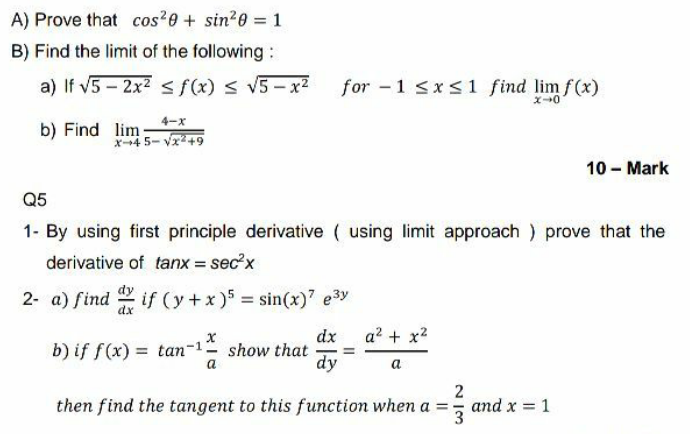
Commented by mohammad17 last updated on 14/Sep/20

Answered by Dwaipayan Shikari last updated on 14/Sep/20

Commented by mohammad17 last updated on 15/Sep/20

Answered by Dwaipayan Shikari last updated on 14/Sep/20
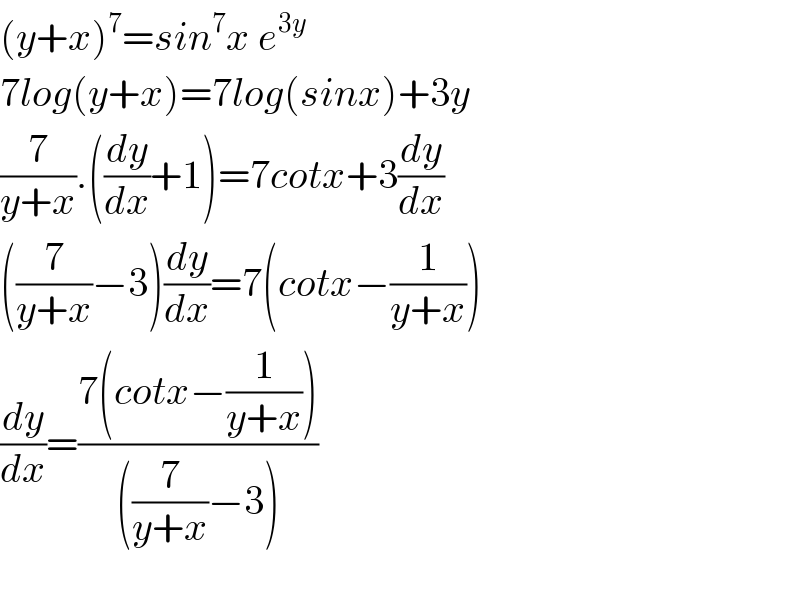
Commented by mohammad17 last updated on 15/Sep/20

Answered by Mr.D.N. last updated on 14/Sep/20
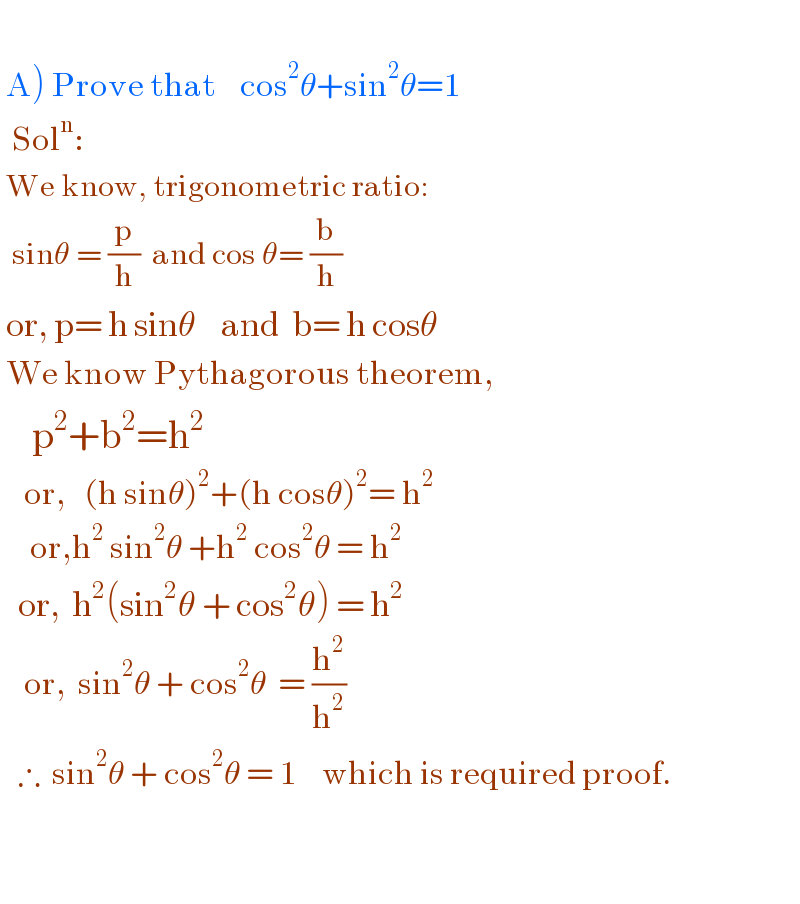
Commented by mohammad17 last updated on 15/Sep/20

Answered by Mr.D.N. last updated on 14/Sep/20
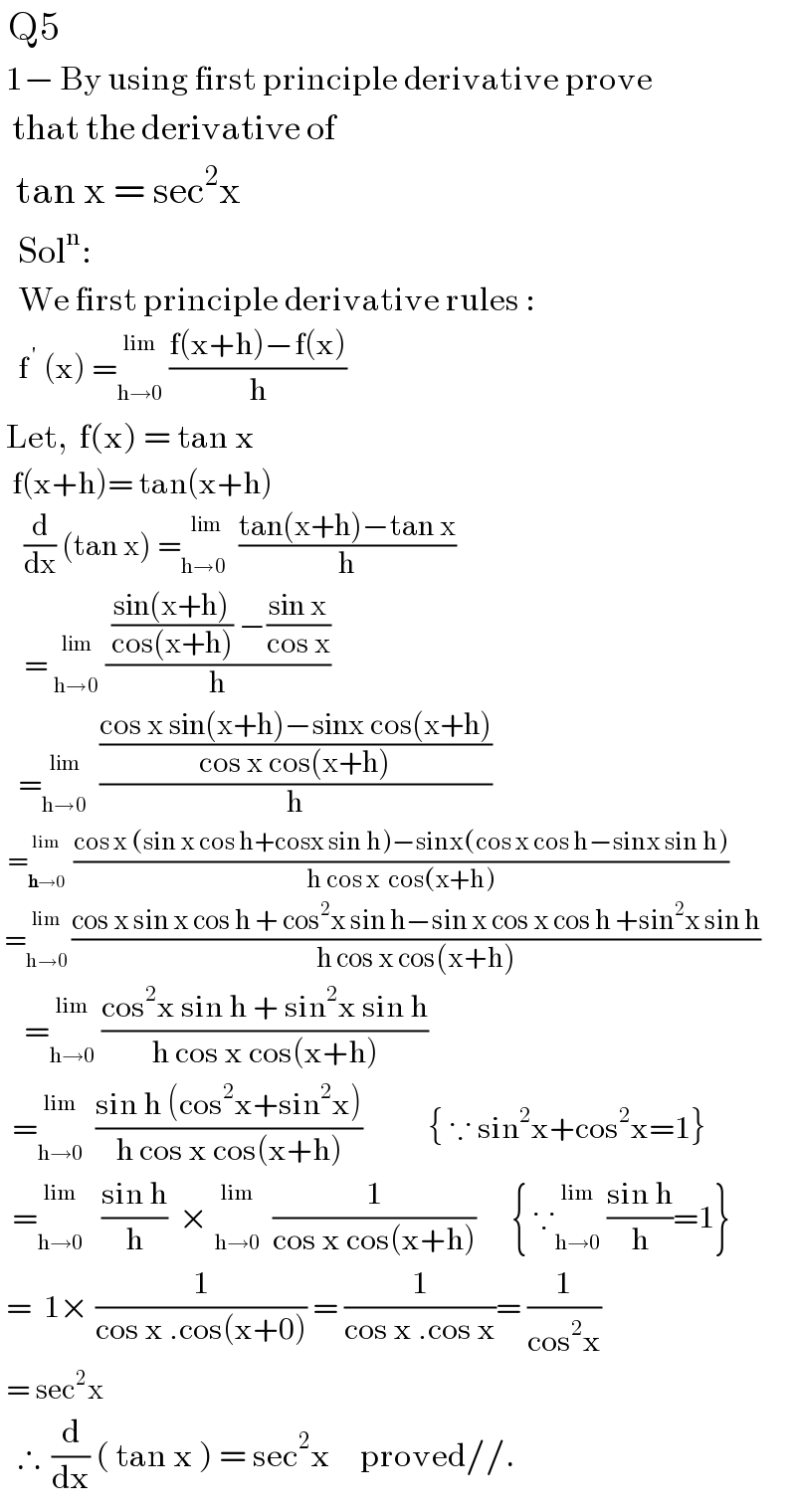
Commented by mohammad17 last updated on 15/Sep/20

Answered by Mr.D.N. last updated on 14/Sep/20
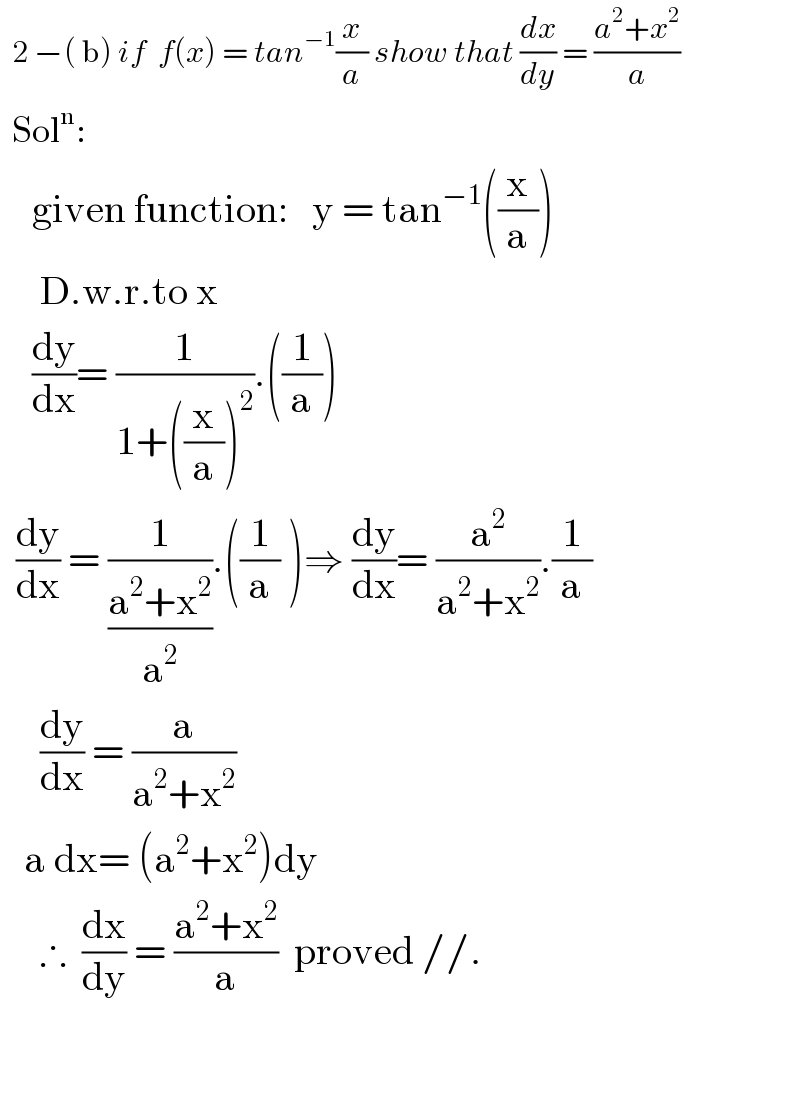
Commented by mohammad17 last updated on 15/Sep/20

Answered by mathmax by abdo last updated on 14/Sep/20
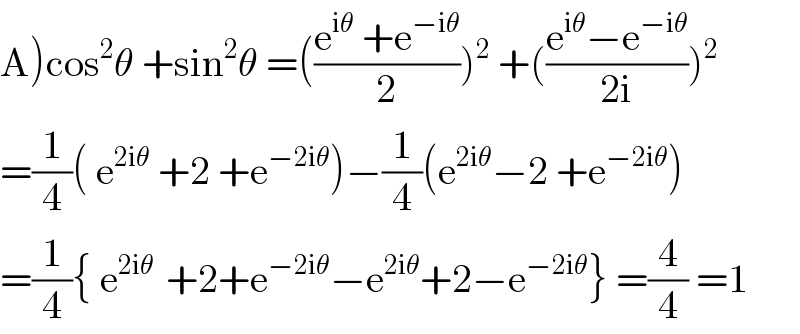
Commented by mohammad17 last updated on 15/Sep/20

Commented by mathmax by abdo last updated on 16/Sep/20

Answered by mathmax by abdo last updated on 15/Sep/20
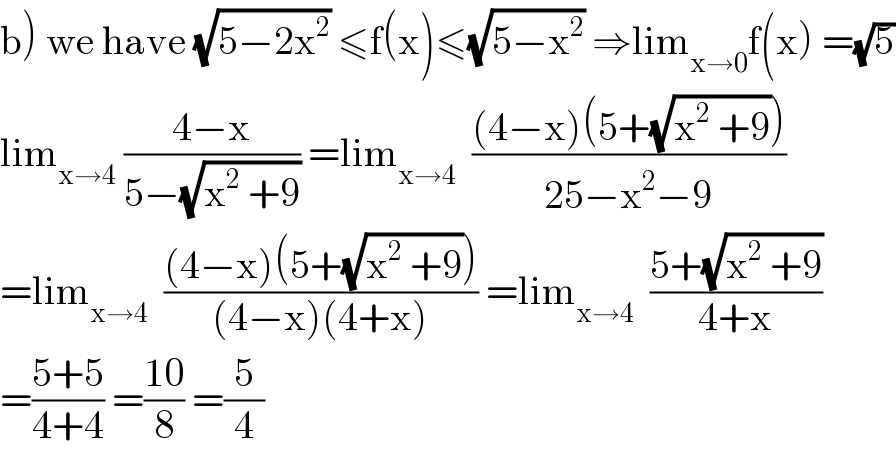
Answered by mathmax by abdo last updated on 15/Sep/20

